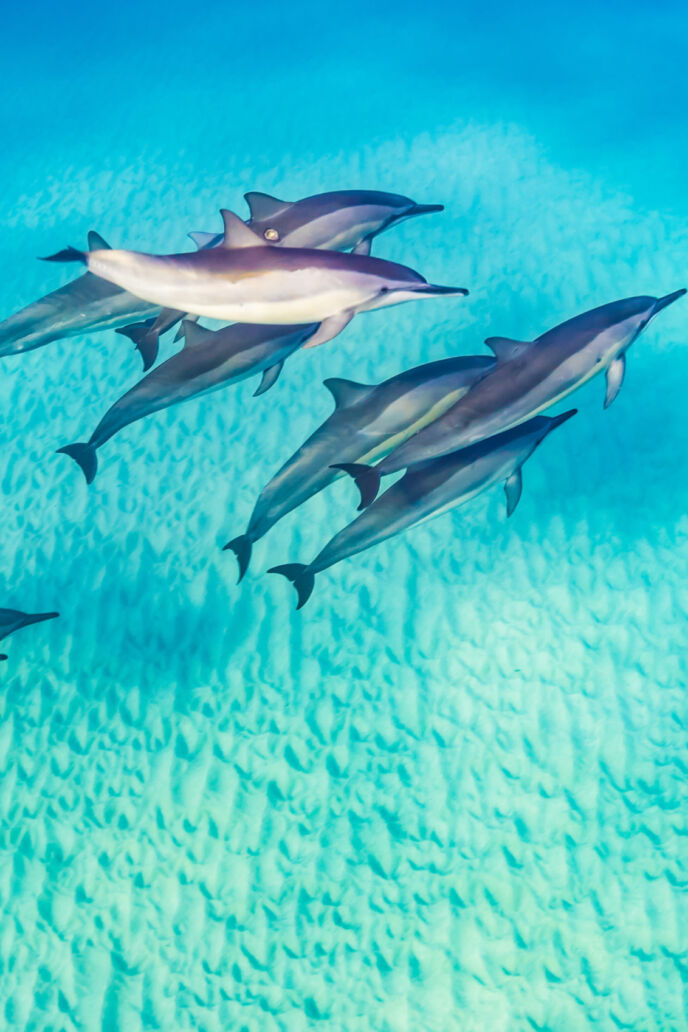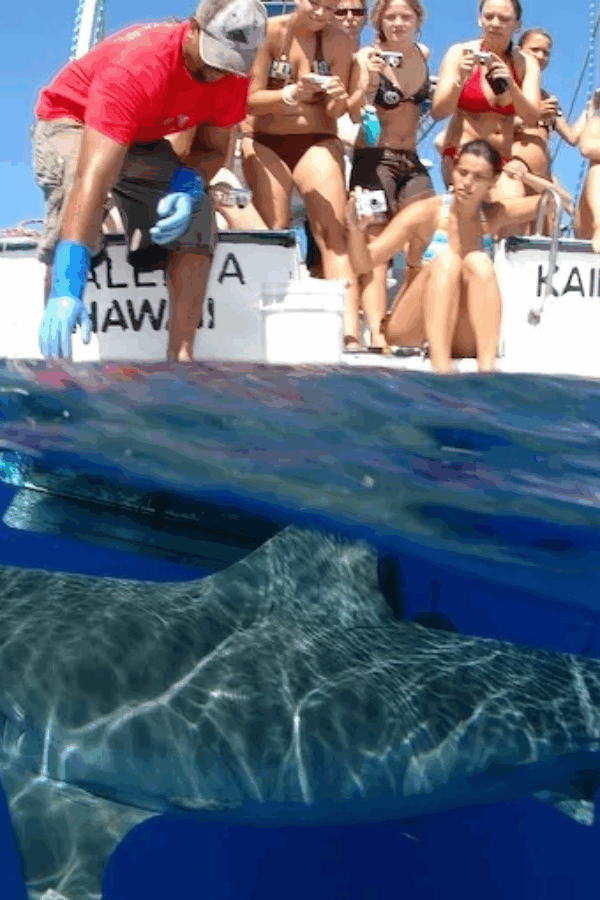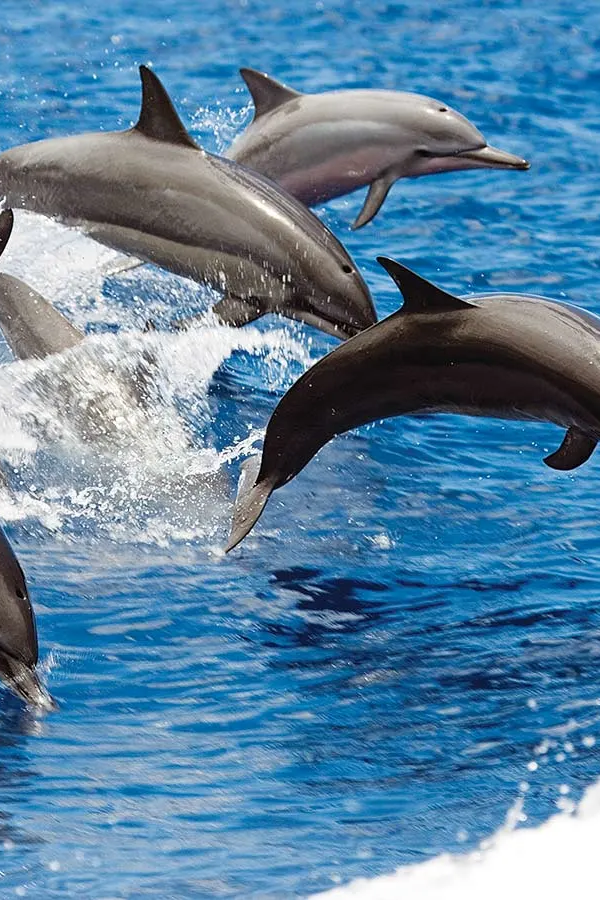Hawaii, known for its rich marine biodiversity, had for years attracted tourists desirous of swimming with dolphins, an experience often touted as magical and transformative. However, in a landmark decision, this popular activity was banned, marking a significant change in the way human interactions with marine wildlife were approached. This article delves into the reasons why this drastic measure was taken, analyzing its impact on the local tourism industry, the marine ecosystem, and the dolphins themselves. Let’s embark on this journey to understand the symbiosis between human actions and nature’s balance.
Historical Context
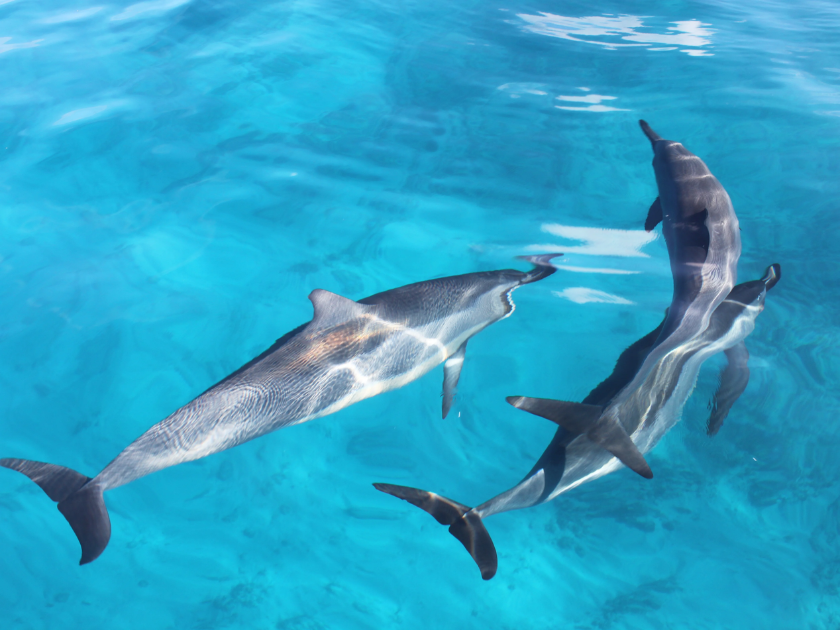
The history of human interaction with dolphins in Hawaii dates back to the early 20th century. Dolphins, with their playful nature and high intelligence, quickly became a major attraction for tourists and locals alike. Unique experiences such as swimming alongside these fascinating marine creatures gained enormous popularity over the years. However, the impact of these activities on the dolphins’ natural behavior and well-being became a growing concern.
Scientific research started revealing that constant human interaction was disrupting the dolphins’ rest periods, which are vital for their survival. The National Oceanic and Atmospheric Administration (NOAA), recognizing the potential harm to these marine mammals, began discussing protective measures. This led to the eventual ban of swimming with dolphins in Hawaii, with the intent to maintain a respectful distance and protect the spinner dolphins’ essential daytime habitats.
Reasons Behind the Ban
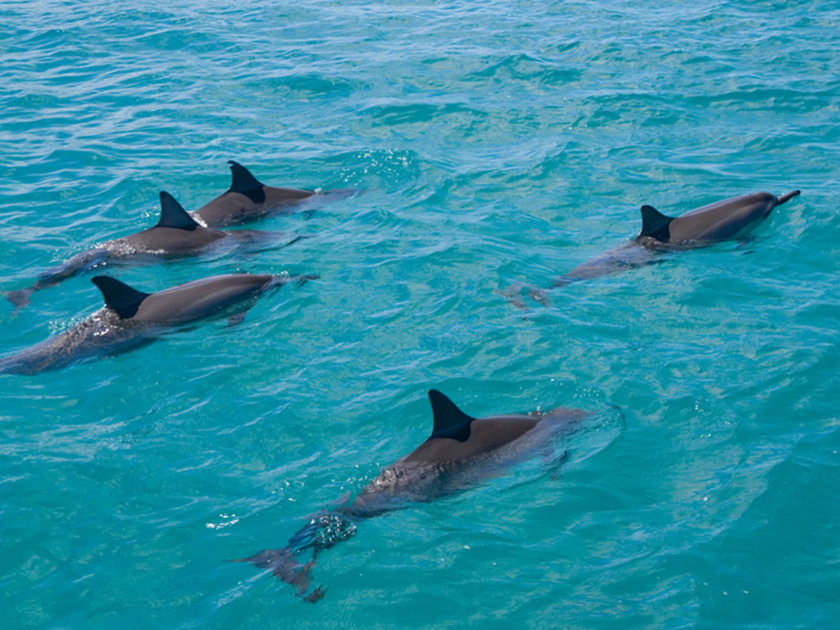
Environmental Impact on Dolphin Populations
Human interventions have significant environmental impacts on dolphin populations, extending beyond just the interaction during swimming encounters. Pollution, primarily in the form of plastic waste and chemical contaminants, poses considerable threats. These pollutants can harm their health directly through ingestion or indirectly by contaminating their food sources. Climate change is another overarching environmental concern, as rising sea levels and increasing ocean temperatures disrupt the delicate balance of marine ecosystems, potentially affecting the availability of their prey and altering their habitat. Similarly, noise pollution from boat traffic, sonar devices, and other maritime activities can interfere with dolphins’ communication and echolocation abilities, affecting their hunting efficiency and social interaction. Therefore, the protective measures put in place by the ban are just one piece of a much larger puzzle in safeguarding the well-being and survival of dolphin populations.
Effects on Dolphin Behavior and Health
In their natural state, spinner dolphins are social creatures that form complex relationships within their pods. Excessive human interaction disrupts these social structures and alters the dolphins’ behavior, leading to increased aggression or withdrawal from their groups. Furthermore, the stress induced by frequent human contact can weaken the dolphins’ immune systems, making them more susceptible to diseases. The lack of rest from constant human interference also leads to fatigue, reducing their hunting efficiency and affecting their overall health. Prolonged exposure to such conditions can lead to a decrease in population numbers, disrupting the ecological balance in their habitats.
Ethical Considerations
Swimming with dolphins brings up important ethical considerations. First and foremost, respect for wildlife should be paramount. While these interactions can provide a unique experience and foster a greater appreciation for marine life, this must not come at the expense of the animal’s well-being. The act of disturbing dolphins’ natural behavior for recreational purposes raises serious ethical questions. With evidence suggesting that these activities cause stress and disrupt their necessary rest periods, it becomes ethically unacceptable. Balancing human desires with the needs and rights of wildlife is crucial. It’s important to remember that dolphins are sentient beings, not attractions, and our actions should reflect a commitment to their conservation and respect for their natural behaviors.
The Role of Government and Conservation Organizations
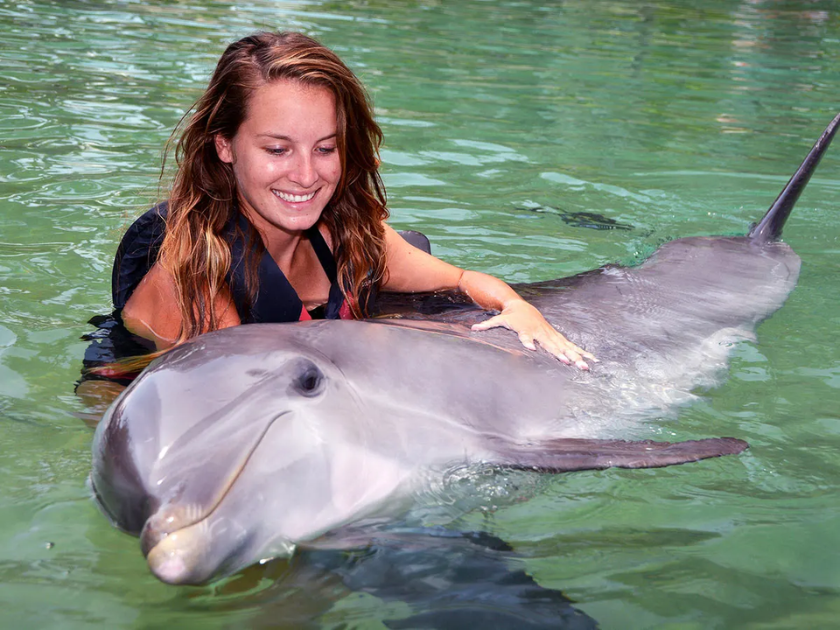
A pivotal change in this dynamic of attracting tourists and marine enthusiasts from across the globe came with the introduction of a significant rule by the National Oceanic and Atmospheric Administration (NOAA). Under the guidance of the Marine Mammal Protection Act, this rule strictly prohibits swimming with or coming within a 50-yard proximity of these majestic creatures. The rule established by the NOAA extends to all forms of human interaction within 2 nautical miles of the shore of the main Hawaiian Islands. This means it’s not just swimmers who are prohibited from getting too close to the dolphins, but also boats, canoes, and stand-up paddleboards.
Furthermore, this rule extends to more advanced technologies too. Drones, for example, which have become increasingly popular for capturing unique, aerial perspectives of marine life, are also subject to this regulation. The goal remains the same: to minimize disturbances to the dolphins’ natural behaviors and to allow them to live in peace in their native habitat.In a further effort to protect marine life, the NOAA is proposing an additional regulation. This rule would restrict access to certain areas of the waters surrounding the Big Island and Maui during specific hours, from 6 am to 3 pm. These regulations particularly focus on areas that are considered essential daytime habitats for spinner dolphins. These are zones where the dolphins usually rest, socialize, nurture their young, and escape from predators. It’s during these daytime hours when the dolphins are most vulnerable to disturbances. By limiting human activities in these areas during peak dolphin resting times, NOAA aims to create sanctuaries for the dolphins to carry out their essential behaviors without human interference. The hope is that with these measures in place, we can ensure the continued survival and well-being of these magnificent creatures in their natural habitat.
Consequences of the Ban
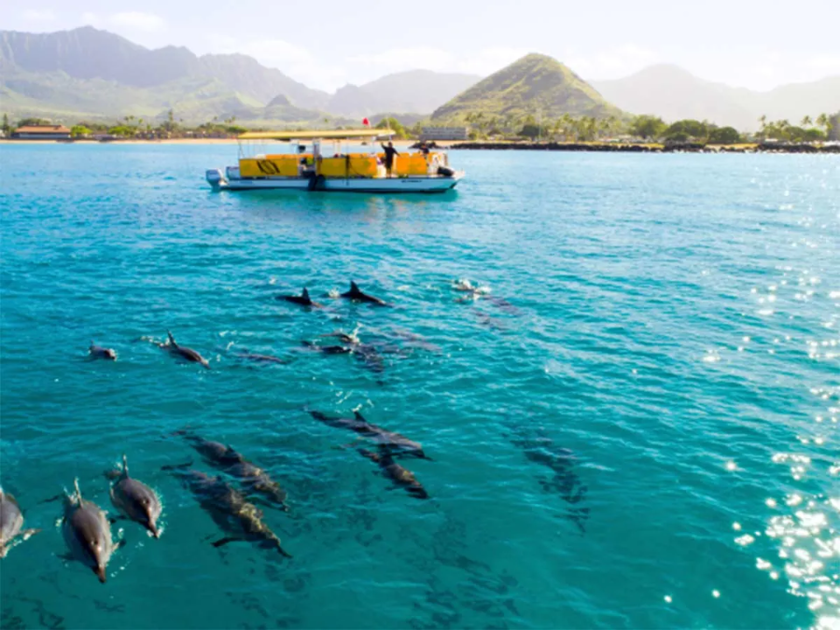
Impact on the Tourism Sector
While the ban has undeniably affected businesses that relied heavily on dolphin-related tourism, it has also sparked a transformation in the industry’s approach to wildlife experiences. As operators can no longer offer swimming with dolphins as an attraction, there’s been an uptick in alternative, sustainable tourist activities that respect the natural habitats of marine life. These include guided tours focusing on marine conservation, boat rides that allow tourists to observe dolphins from a distance, and educational programs about marine life. While there was initial apprehension about the potential revenue loss, the shift towards more sustainable tourism practices has been welcomed by many, recognizing it as crucial in ensuring the long-term viability of both the industry and the wildlife it showcases. There are several dolphin watching tours available for those who wants to observe these beautiful creatures safely.
Positive Environmental Outcomes Since the Ban
Since the implementation of the ban, there have been notable positive environmental outcomes. The most significant improvement has been observed in the behavior and health of the dolphin populations. Dolphins have been found to exhibit more regular sleeping patterns and reduced signs of stress. Furthermore, healthier dolphins contribute to the overall well-being of our marine ecosystems, enhancing biodiversity. Researchers have also noticed a resurgence in other marine life in the areas that were once frequently visited by tourists. This resurgence underscores the broader ecological benefits of the ban. The ban has proven to be a crucial step towards sustainable tourism, creating a balance between human enjoyment of natural resources and the necessary preservation of these resources for future generations.
Public Opinion
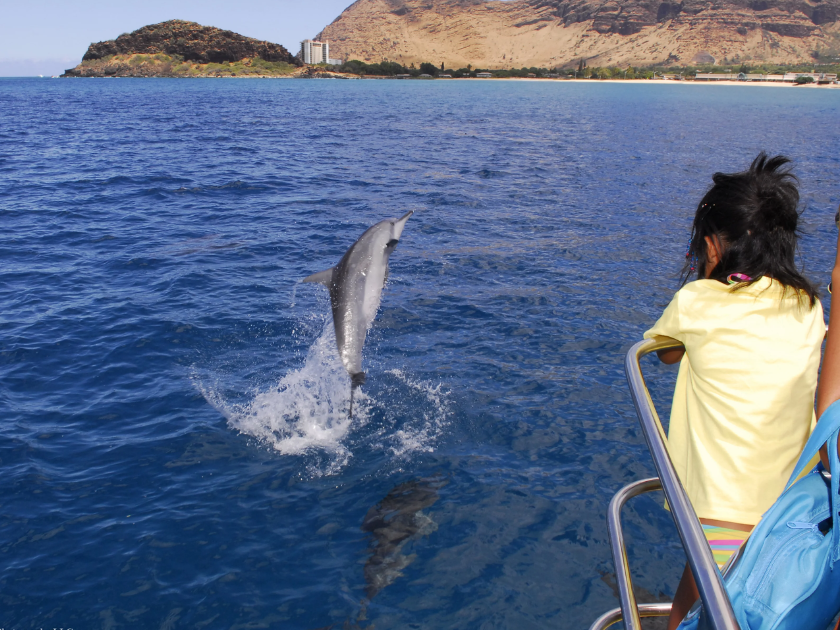
Reactions from Locals and Tourists
The ban on swimming with dolphins in Hawaii has been met with a range of reactions from locals and tourists alike. Locals, particularly those whose livelihoods depended on the tourism this activity attracted, faced initial apprehension. However, many have come to understand the importance of the ban in preserving the delicate balance of marine life. On the other hand, tourists have also displayed diverse reactions. While some were disappointed by the inability to participate in such a unique experience, others have shown respect for the measures taken to protect these incredible creatures. The ban has sparked conversations about responsible tourism, leading to increased awareness and understanding of the need to respect wildlife and their habitats.
Current Attitudes and Level of Public Support
The ban on swimming with dolphins in Hawaii has elicited varied responses from the public. Many tourists and locals, initially disappointed by the restrictions, have grown to understand and support the ban as they became aware of the negative impact human interaction can have on the dolphins’ well-being. Education and outreach programs have played a significant role in shifting public opinion, instilling in the populace a greater appreciation for the need to protect marine wildlife. On the other hand, there are still factions who oppose the ban, viewing it as an unnecessary hindrance to economic growth and tourism. Despite the controversy, a broad consensus acknowledges the importance of safe and respectful interaction with wildlife, highlighting the need for balanced and sustainable tourism practices.
Reflection on the Balance between Tourism and Conservation
Striking a balance between tourism and conservation is crucial yet challenging. While tourism can contribute significantly to local economies, it can also lead to environmental degradation if not managed sustainably. In the case of Hawaii’s ban on swimming with dolphins, this delicate balance was disrupted. The practice, once a thriving attraction, was found to have detrimental effects on the spinner dolphins’ natural behavior and well-being. The decision to enact the ban demonstrates the necessity of prioritizing conservation over tourism revenue. It underscores the responsibility that humans bear in safeguarding wildlife and their habitats. This situation serves as a potent reminder that tourism practices must be designed and implemented in a way that respects and protects the environment.
Wrapping Up
As we move forward, the approach to human-animal interactions in Hawaii, and indeed in all tourist destinations, must continue to evolve. There is a growing understanding that we must prioritize the well-being and natural behavior of wildlife over novelty experiences. The ban on swimming with dolphins in Hawaii is a nod towards this shift in mindset, a realization that our planet’s wild inhabitants need space to thrive without continual human interference. This change also signals a new era for the tourist industry, one where sustainable, ethically-minded practices take center stage. It presents an opportunity to develop alternative attractions that allow visitors to appreciate Hawaii’s unique marine life without disrupting it. The hope is for a future where tourism and conservation do not just coexist but actively complement each other.


